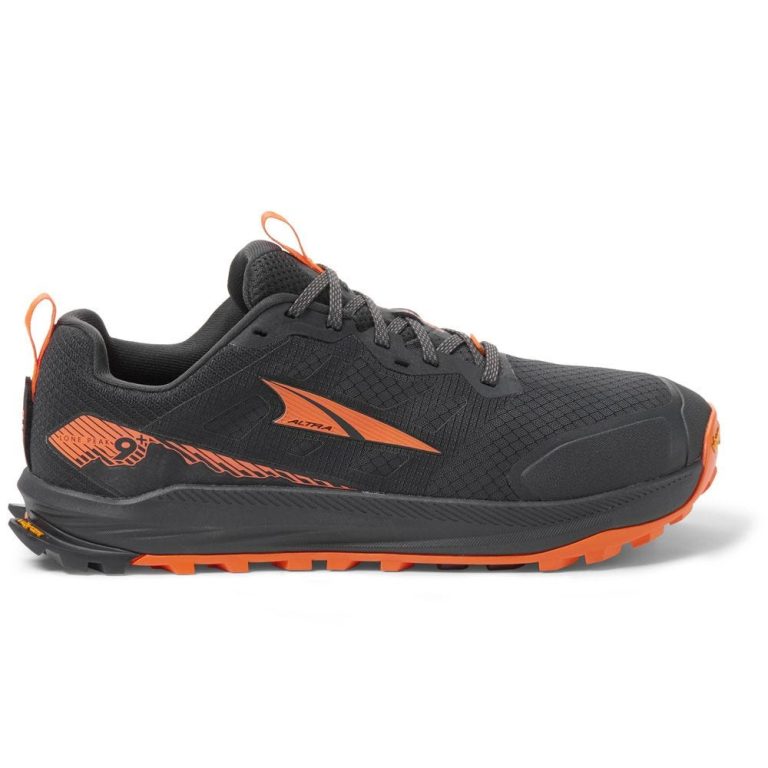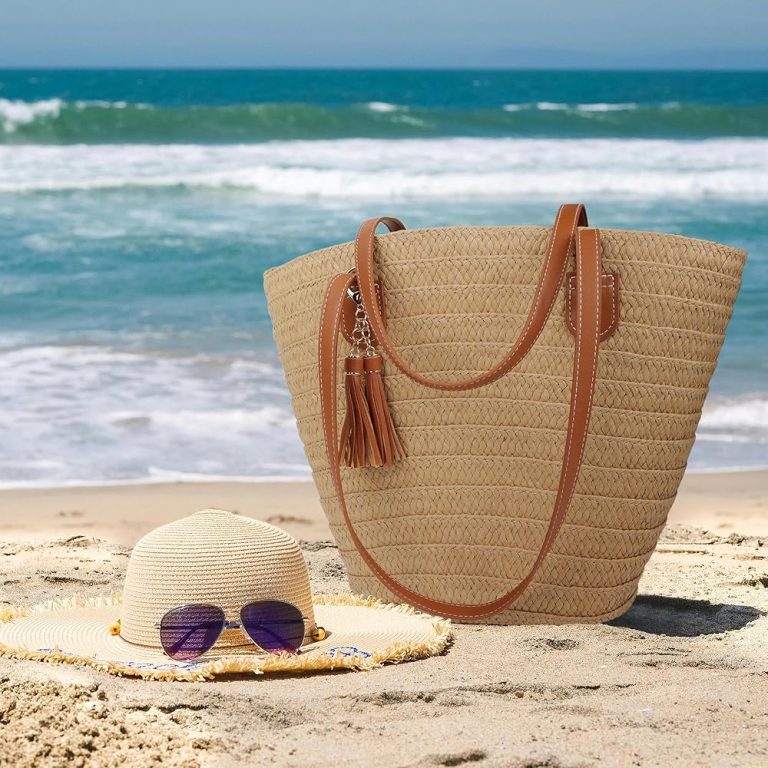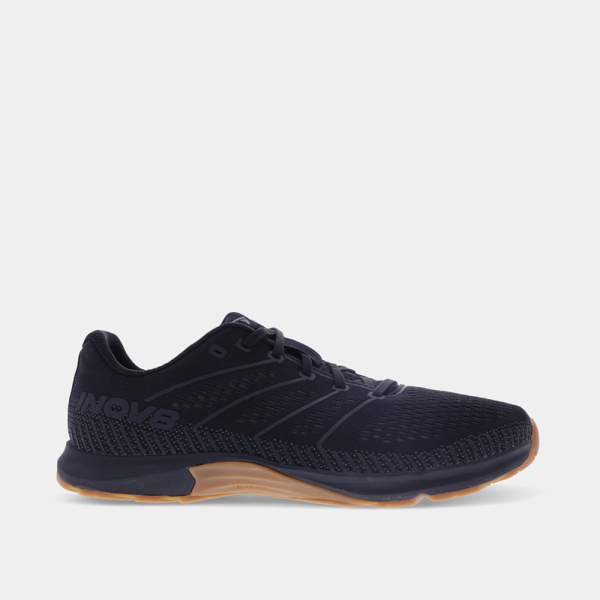
Treadmill Running Shoes: A Guide to Choosing the Perfect Pair
Why Treadmill Running Shoes Matter
Running on a treadmill is different from running outdoors. The surface, environment, and mechanics vary significantly. To optimize your treadmill running experience, the right shoes are essential. Proper treadmill running shoes enhance comfort, performance, and safety while reducing injury risks.
Key Differences Between Outdoor and Treadmill Running
Outdoor running involves unpredictable terrains like hills, trails, and pavements. Treadmills offer a consistent, flat surface. On treadmills, your stride may become shorter and repetitive. This can affect shock absorption needs. Outdoor shoes are designed for uneven surfaces and traction, while treadmill shoes prioritize cushioning and lightweight construction. Understanding these differences helps you choose appropriate footwear.
Impact of Shoe Design on Performance and Comfort
The design of running shoes plays a crucial role during treadmill workouts. Cushioning reduces impact, protecting joints during repetitive motion. Lightweight shoes improve speed and reduce fatigue on treadmills. Breathable materials keep feet cool, avoiding discomfort during longer exercises. Shoes designed for treadmill use focus on comfort and stability, enhancing overall performance.
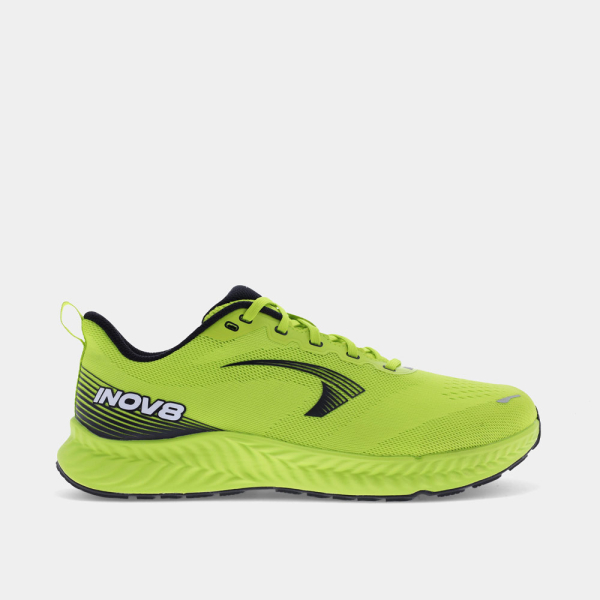
Features to Look for in Treadmill Running Shoes
When choosing treadmill running shoes, specific features can enhance comfort, performance, and safety. Prioritize shoes tailored for smooth, repetitive motion and indoor surfaces like treadmills. Here are key features to guide your decision:
Cushioning and Shock Absorption
Cushioning is vital to absorb the impact of repetitive strides on a treadmill. Look for shoes with adequate midsole cushioning to reduce stress on joints and muscles. Gel or foam-based cushioning is commonly used and effective. Proper shock absorption minimizes injuries, ensuring a comfortable running experience.
Flexibility and Sole Design
Flexible shoes allow for natural foot movement during treadmill runs. Opt for designs with grooves in the sole to enhance flexibility. A well-designed sole should offer traction for treadmill belts and comfort for repetitive steps. Avoid overly stiff soles as they can restrict movement and cause discomfort.
Lightweight Construction
Lightweight shoes reduce fatigue during long treadmill sessions. They promote faster and more effortless strides. Materials like mesh and engineered fabrics are used to balance weight and durability. Lightweight designs are crucial for maintaining speed and energy efficiency on treadmills.
Breathability and Durable Materials
Breathable materials like mesh help keep your feet cool during workouts. Good airflow reduces moisture and prevents blisters or discomfort. Durable materials ensure the longevity of the shoes despite frequent treadmill use. Look for reinforced overlays or quality stitching to maintain structure over time.
Choosing the right treadmill running shoes can elevate your workout experience while safeguarding your feet. Pay attention to these essential features for comfort, support, and efficiency.
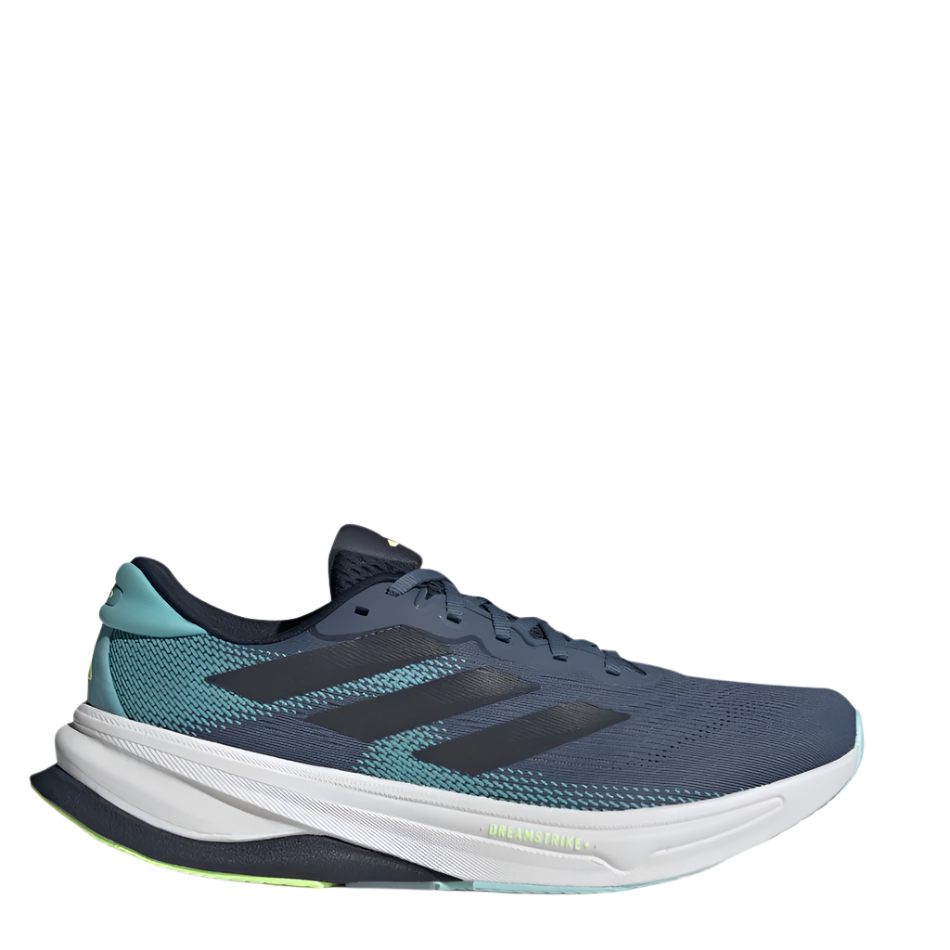
Top Brands and Their Treadmill Running Shoe Models
Finding the right treadmill running shoes involves exploring trusted brands. Each offers unique features suited for indoor workouts. Let’s dive into popular choices from Nike, Adidas, and Asics.
Nike: Popular Options for Treadmill Running
Nike is famous for innovative designs and comfort. Their treadmill shoes focus on lightweight construction and cushioning. The Nike Free RN series offers exceptional flexibility, aiding natural foot movement during runs. The Nike Air Zoom models emphasize shock absorption, reducing impact on joints. Breathable materials ensure cool, dry comfort even during extended treadmill workouts.
Adidas: Performance and Comfort Focus
Adidas excels in blending performance with comfort in treadmill running shoes. The Ultraboost series provides responsive cushioning, enhancing energy efficiency and stride comfort. Primeknit uppers offer snug fits and breathability for lasting comfort. Adidas Solar shoes prioritize stability and grip, making them a reliable treadmill option.
Asics: Stability and Support Choices
Asics designs treadmill running shoes with stability and arch support. The Gel-Nimbus series delivers superior cushioning to protect joints during repetitive motion. Asics Kayano shoes include Dynamic DuoMax technology for enhanced stability and support. Durable construction ensures longevity for frequent treadmill use. Breathable features keep feet comfortable in warm indoor environments.
Explore these top brands to find treadmill running shoes tailored to your needs. Prioritizing comfort, durability, and performance can elevate your indoor running experience.
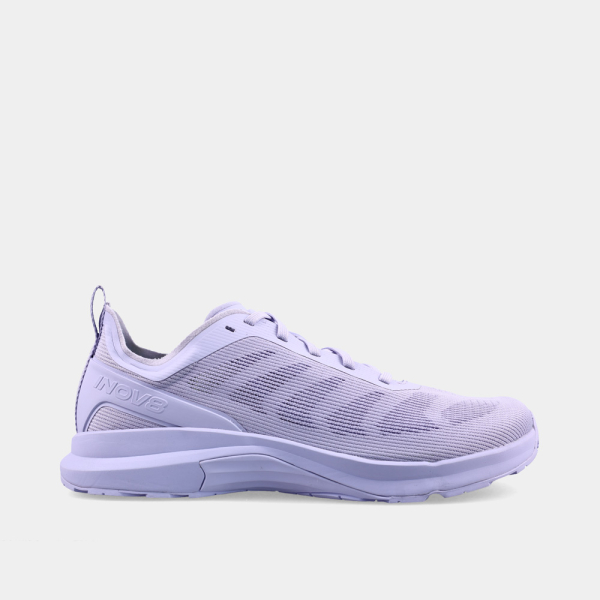
Understanding Your Running Style and Needs
Selecting treadmill running shoes requires understanding your running style and foot structure. Your running mechanics and arch type influence shoe fit and comfort. Choosing suitable features supports balance, performance, and injury prevention.
Neutral vs. Overpronation: How It Affects Shoe Selection
Runners fall into three categories: neutral, overpronation, or underpronation. Knowing your style helps pick the right shoes.
- Neutral runners: Their feet stay aligned during movement. Most treadmill running shoes will work for them. Look for balanced cushioning and flexibility.
- Overpronation: The foot rolls inward excessively. Stability or motion control shoes help correct this movement.
- Underpronation (supination): The foot rolls outward. Cushioning shoes distribute impact evenly and add comfort.
Understanding your gait ensures a better fit and fewer injuries during treadmill workouts.
Foot Shape and Arch Support Requirements
Foot shape and arches significantly affect how shoes feel. Consider these factors when buying treadmill running shoes:
- Flat arches: Often linked to overpronation. Shoes with arch support or stability features work best.
- High arches: Common among underpronators. Cushioning shoes provide shock absorption and support.
- Normal arches: Typically require less specific support. Neutral shoes with balanced features are ideal.
Don’t overlook your foot width. Wide or narrow feet need specific designs for optimal comfort. Identifying your foot structure ensures the treadmill shoes meet your unique needs.
Tips for Choosing the Perfect Fit
Measuring Your Feet Correctly
Getting the perfect fit starts with accurate foot measurements. Measure your feet at the end of the day when they are slightly swollen. Use a ruler or specialized measuring device for both length and width. Always measure both feet, as sizes can vary slightly. Consider the larger size when choosing treadmill running shoes.
Trying Shoes: What to Look For
When trying shoes, wear the same socks you plan to use for running. Check for a thumb-width space between your toes and the shoe’s tip. Ensure the heel doesn’t slip when walking or jogging. Feel for a snug fit around the midfoot for optimal support. Walk or jog in the shoe store to test comfort and support.
Importance of Break-In Period
New shoes may need a break-in period for maximum comfort. Start by wearing them for short treadmill sessions. Gradually increase the duration as your feet adjust. Avoid using them for long runs initially to prevent blisters or discomfort. A proper break-in ensures the shoe molds to your feet for the best fit.
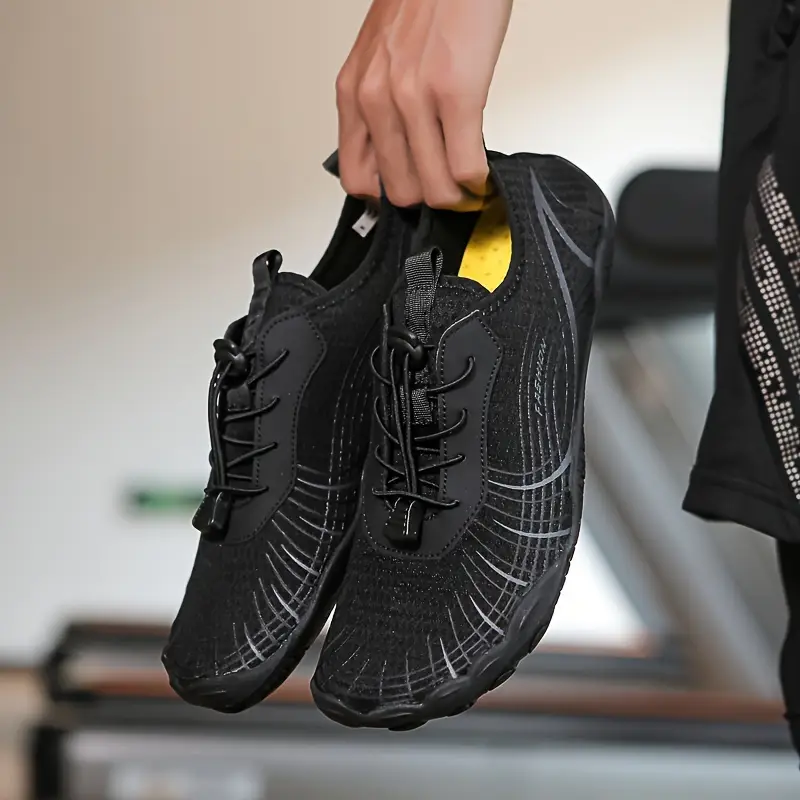
Maintenance and Replacement of Running Shoes
Proper maintenance extends the life of your treadmill running shoes. Knowing when to replace them ensures safety and comfort.
Cleaning and Storage Tips
Keeping your treadmill running shoes clean and properly stored is essential for durability.
- Clean Regularly: After each run, use a soft brush to remove dirt or debris from the soles. Wipe the upper material with a damp cloth. Avoid soaking the shoes to prevent material damage.
- Avoid Washing Machines: Hand cleaning is safer for maintaining the shoe’s structure and cushioning integrity.
- Dry Thoroughly: Air dry your shoes away from direct sunlight or heat sources to avoid shrinking or cracking.
- Store Properly: Place your shoes in a cool, dry area. Use shoe trees or stuffing to maintain their shape.
- Don’t Use Harsh Chemicals: Strong cleaners can degrade the materials, shortening the shoe’s lifespan. Stick to mild soaps if needed.
Regular cleaning and proper storage keep your shoes in peak condition for treadmill use.
Signs Your Shoes Need Replacing
Recognizing the signs of worn-out treadmill running shoes protects your feet and performance.
- Loss of Cushioning: If you feel more impact on your joints, the midsole may be worn out.
- Visible Wear on Soles: Check for thinning or uneven wear patterns, especially on high-impact areas.
- Reduced Fit and Support: Over time, the shoe structure may loosen, reducing support and stability.
- Pain or Discomfort: New aches during runs might indicate worn shoes no longer offer adequate protection.
- Mileage Exceeds 300-500 Miles: Most running shoes lose effectiveness after extensive use, even without visible damage.
Replace worn-out shoes promptly to prevent injury and maximize treadmill running comfort.
Frequently Asked Questions About Treadmill Running Shoes
Is it Okay to Use Outdoor Running Shoes on a Treadmill?
Outdoor running shoes can be used on a treadmill, but they are not ideal. They are designed for uneven surfaces and varying terrain, offering features like enhanced traction and durability. On a treadmill, the smooth, repetitive surface may not require such features.
Treadmill running shoes prioritize lightweight construction and cushioning tailored for repetitive strides. Outdoor shoes may feel heavier and less comfortable for indoor use. Breathability differences can also impact comfort during long treadmill sessions.
In summary, while outdoor shoes may work in the short term, treadmill-specific shoes provide better performance and comfort over time.
How Long Do Treadmill Running Shoes Typically Last?
Treadmill running shoes usually last between 300 and 500 miles of use. Regular runners hitting the treadmill may need replacements every 6 to 12 months. Factors like frequency of use, shoe quality, and body weight influence longevity.
Signs to replace include worn soles, decreased cushioning, or discomfort during runs. Mileage tracking can help estimate shoe life. Proper maintenance, like cleaning and storing, can extend their usable lifespan.
Paying attention to wear patterns and mileage ensures your treadmill running shoes provide optimal support for safe workouts.
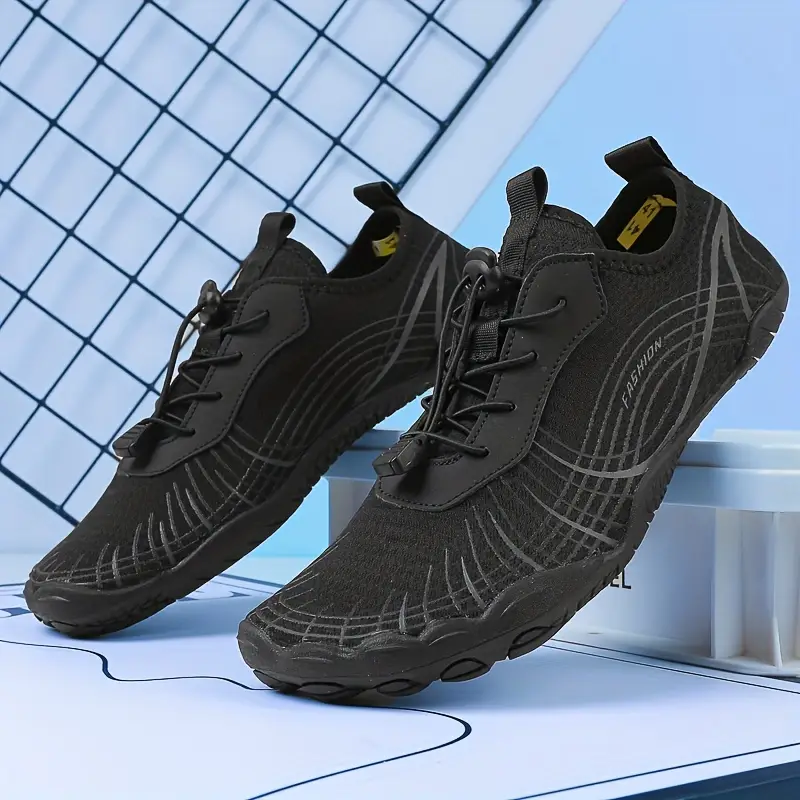
Weight of the Shoes
The Impact of Weight on Performance
The weight of running shoes affects performance and comfort. Lighter shoes can help improve speed and efficiency. However, it is essential to balance weight with cushioning and support. Some runners prefer lightweight shoes for treadmill workouts, while others may prioritize cushioning over weight.
Choosing Between Lightweight and Cushioned Shoes
If you are a runner focused on speed, lighter shoes can provide an advantage. On the other hand, if comfort is your primary concern, shoes with more cushioning may be preferable. Test different pairs to assess how weight affects your running experience. Understanding your preferences can help create a tailored running regimen.
Tread Pattern and Traction
The Role of Tread Pattern
The tread pattern of treadmill running shoes is essential for traction and grip. Though tread design is less critical for treadmill running than outdoor running, it still contributes to stability. A shoe with a good grip helps maintain your position during quick movements or changes in speed, reducing the risk of slipping.
Evaluating Tread Patterns
When choosing shoes, look for tread patterns that offer a blend of flexibility and traction. The pattern should be designed to support smooth movement, preventing any interruptions in your running stride. This evaluation will help ensure you maintain stability during your workouts, whether you’re running at a steady pace or incorporating intervals.
Price and Value Considerations
Setting Your Budget
When selecting treadmill running shoes, consider your budget. Prices range widely based on brand, features, and design. While it’s tempting to go for cheaper options, investing in a quality pair often leads to better performance and longevity. A well-made shoe can prevent injuries and improve your overall experience.
Analyzing Cost vs. Benefits
Evaluate the benefits of the shoes regarding their price. Are they durable? Do they provide the cushioning and support you need? Sometimes higher upfront costs pay off due to the longevity of the shoes. Research brands and read reviews to find shoes that offer excellent value for your investment.
Trying Shoes with Your Running Socks
Importance of Using the Right Socks
When trying on treadmill running shoes, always wear the socks you typically use for running. This ensures that you achieve the best fit and avoid discomfort during your workouts. The thickness and fit of socks can affect how shoes feel, impacting overall comfort and performance.
Testing Shoes Effectively
While in the store, walk or jog around a bit to assess how the shoes feel with your selected socks. Pay attention to any tight spots or areas where the shoes might rub. This test run will give you a better understanding of how the shoes will feel during your regular workouts, allowing you to make a more informed decision.
Conclusion: Making the Right Choice
Selecting the perfect treadmill running shoes requires careful consideration of several factors. Understanding the importance of cushioning, fit, support, and materials is crucial for making a well-informed decision. Take the time to assess your running style and shoes that align with your unique needs.
Don’t rush the process; taking the time to try on various pairs will ultimately lead you to a better fit. Remember that the right shoes can enhance your treadmill running experience, making workouts more enjoyable and effective. With the information in this guide, you can confidently embark on the journey to finding the ideal pair of treadmill running shoes tailored to your requirements. Happy running!
